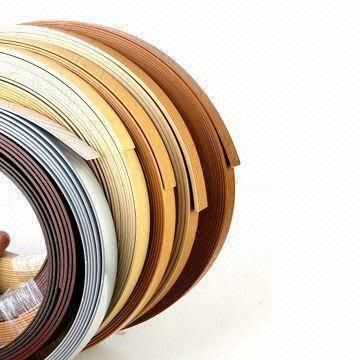
Material: PVC (polyvinyl chloride) is commonly used due to its durability, ease of application, and availability in various colors and finishes to match different surfaces.
Application Methods:
Thickness and Width: PVC edge bands come in various thicknesses (commonly 0.5mm to 3mm) and widths, depending on the application and the thickness of the substrate.
Finishes and Colors: PVC edge bands are available in a wide range of finishes, including matte, glossy, wood grain, and solid colors, allowing for customization to match the furniture design.
Advantages:
Considerations:
PVC edge bending is a critical process in modern furniture manufacturing, contributing significantly to both the functionality and aesthetic appeal of the final product.
By adhering to these specifications, manufacturers can ensure that PVC edge bands meet the required quality and performance standards, resulting in durable and aesthetically pleasing furniture and cabinetry.
Be the first to know about our best deals!
